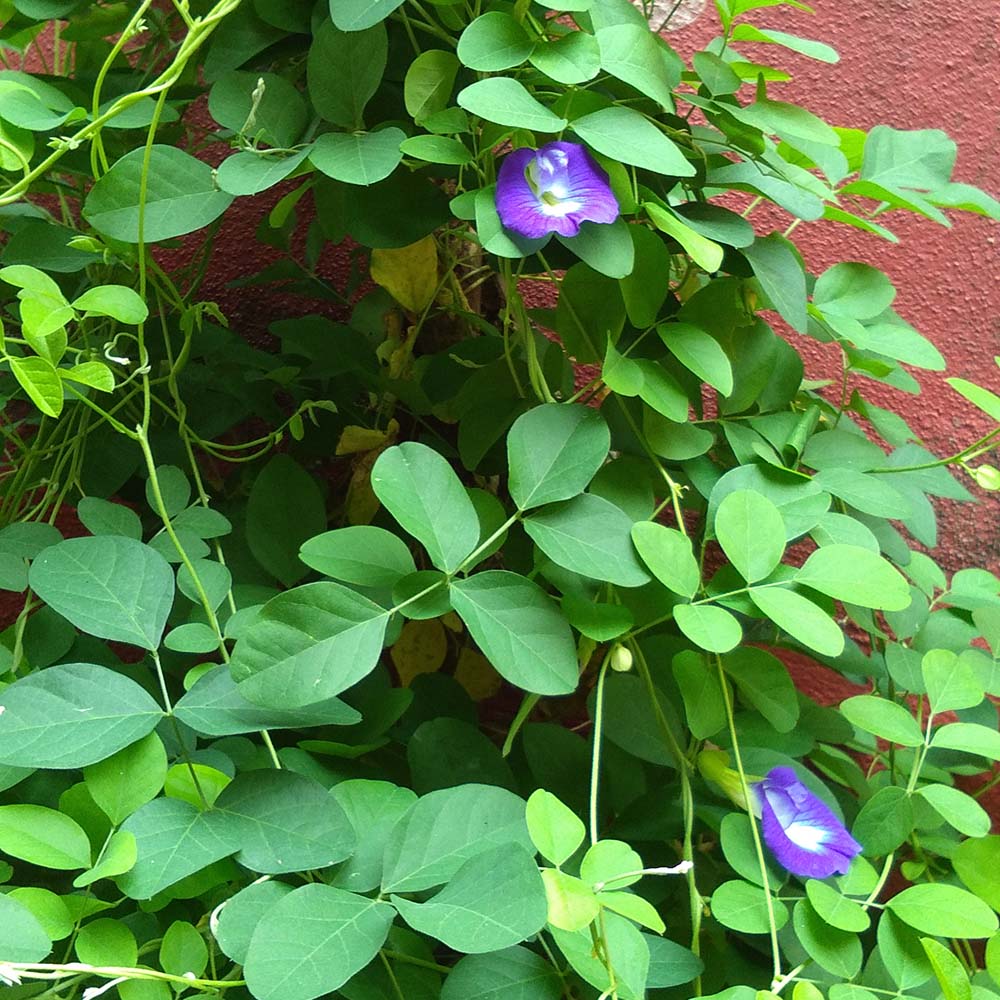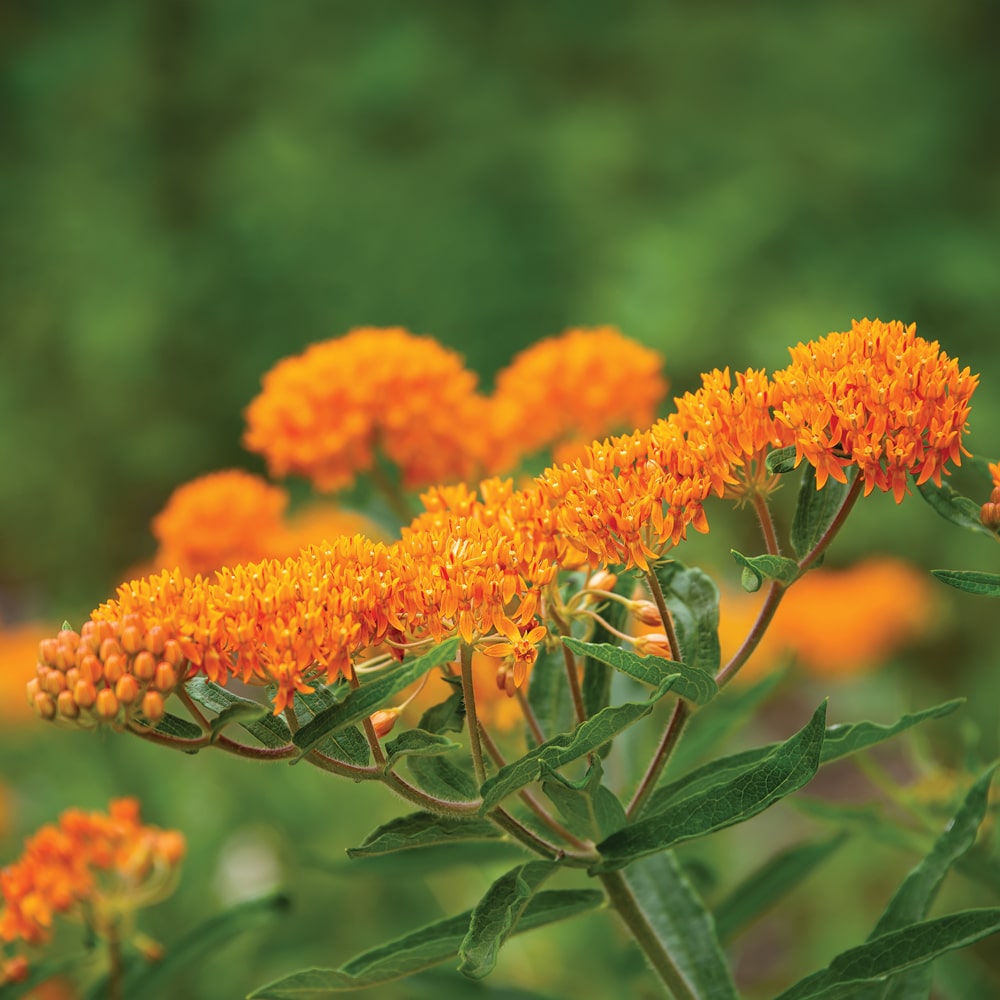“`html
The Enchanting Butterfly Flower: A Comprehensive Guide
The Enchanting Butterfly Flower: A Comprehensive Guide
The butterfly flower, scientifically known as Asclepias, is a captivating genus of flowering plants that holds a special place in the hearts of gardeners and nature enthusiasts alike. Its vibrant blooms, sweet fragrance, and crucial role in the ecosystem, particularly for monarch butterflies, make it an indispensable addition to any landscape. This comprehensive guide delves into the various aspects of the butterfly flower, from its diverse species and cultivation techniques to its ecological significance and medicinal properties.
Understanding the Asclepias Genus
Asclepias, belonging to the Apocynaceae family (formerly Asclepiadaceae), encompasses over 200 species of herbaceous perennial plants. These plants are native to North and South America, as well as parts of Africa. They are characterized by their unique flower structure, featuring five petals and a central corona composed of five hood-like structures, each with a horn-like appendage. This intricate design serves to attract pollinators, primarily bees and butterflies.
Diverse Species of Butterfly Flower

The Asclepias genus boasts a wide array of species, each with its own distinctive characteristics. Some of the most popular and widely cultivated species include:
Asclepias tuberosa (Butterfly Weed)
Known for its vibrant orange or yellow flowers, Butterfly Weed is a hardy and drought-tolerant species that thrives in sunny, well-drained locations. It is a crucial host plant for monarch butterflies and a favorite among gardeners for its long blooming period.
Asclepias syriaca (Common Milkweed)

Common Milkweed is a widespread species with large, fragrant pink or purplish flowers. It is a vital food source for monarch caterpillars and plays a significant role in supporting local ecosystems. While it can be aggressive in some areas, its ecological importance cannot be overstated.
Asclepias incarnata (Swamp Milkweed)
Swamp Milkweed prefers moist, fertile soils and is often found in wetlands and along riverbanks. It features delicate pink or rose-colored flowers and is an excellent choice for rain gardens and water features.
Asclepias speciosa (Showy Milkweed)
Showy Milkweed is a native of western North America and is known for its large, fragrant pink flowers. It is a robust and resilient species that can tolerate a range of growing conditions.
Asclepias verticillata (Whorled Milkweed)
Whorled Milkweed has delicate, white flowers arranged in whorls along its stems. It is a more subtle species but equally important for supporting pollinators.
Cultivating Butterfly Flowers
Growing butterfly flowers can be a rewarding experience, providing both aesthetic beauty and ecological benefits. Here are some essential tips for successful cultivation:
Selecting the Right Location
Most Asclepias species prefer full sun, although some can tolerate partial shade. They require well-drained soil to prevent root rot. Before planting, consider the specific needs of the species you choose.
Soil Preparation
Amend the soil with compost or other organic matter to improve drainage and fertility. A slightly acidic to neutral pH is ideal for most species.
Planting and Propagation
Butterfly flowers can be propagated from seeds or cuttings. Seeds should be cold stratified before planting in the spring. Cuttings can be taken in the summer and rooted in a moist medium.
Watering and Fertilizing
Once established, butterfly flowers are relatively drought-tolerant and require minimal watering. Avoid overwatering, as it can lead to root rot. Fertilizing is generally not necessary, as these plants thrive in lean soils.
Pest and Disease Management
While butterfly flowers are generally resilient, they can be susceptible to pests such as aphids and spider mites. Monitor your plants regularly and take appropriate measures if infestations occur. Diseases such as root rot can be prevented by ensuring proper drainage.
Deadheading and Pruning
Deadheading spent flowers can encourage further blooming. Pruning can help maintain a compact shape and prevent the plants from becoming leggy.
Ecological Significance of Butterfly Flowers
Butterfly flowers play a crucial role in supporting pollinators, particularly monarch butterflies. Here’s a closer look at their ecological importance:
Host Plant for Monarch Butterflies
Monarch butterflies rely exclusively on Asclepias species as host plants for their caterpillars. The caterpillars feed on the leaves, which contain cardiac glycosides that make them unpalatable to predators. This symbiotic relationship is essential for the survival of monarch populations.
Supporting Other Pollinators
In addition to monarchs, butterfly flowers attract a wide range of other pollinators, including bees, butterflies, and hummingbirds. Their nectar-rich flowers provide a vital food source for these beneficial insects.
Enhancing Biodiversity
By providing habitat and food for pollinators, butterfly flowers contribute to the overall biodiversity of the ecosystem. They support a complex web of interactions between plants, insects, and other organisms.
Medicinal and Other Uses
While primarily known for their ecological significance, butterfly flowers also have a history of medicinal and other uses:
Traditional Medicine
Native American tribes used various Asclepias species for medicinal purposes, including treating wounds, fevers, and respiratory ailments. However, it’s important to note that these plants contain cardiac glycosides and should be used with caution.
Fiber and Cordage
The strong fibers of some Asclepias species, particularly Common Milkweed, were used by Native Americans to make ropes, cords, and textiles.
Ornamental Value
The vibrant flowers and unique foliage of butterfly flowers make them popular ornamental plants in gardens and landscapes.
Conservation Efforts
Due to habitat loss and other factors, monarch butterfly populations have declined significantly in recent years. Conservation efforts are crucial to protecting these iconic insects and their host plants.
Planting Butterfly Flowers
One of the most effective ways to support monarch butterflies is to plant butterfly flowers in your garden or landscape. Creating a butterfly-friendly habitat can provide essential food and shelter for these pollinators.
Supporting Habitat Restoration
Participating in habitat restoration projects can help restore and protect natural areas where butterfly flowers and other native plants thrive.
Reducing Pesticide Use
Avoiding the use of pesticides can help protect pollinators and other beneficial insects. Pesticides can harm or kill butterflies and other pollinators, disrupting the delicate balance of the ecosystem.
Conclusion
The butterfly flower, with its captivating beauty and ecological importance, is a valuable addition to any garden or landscape. By understanding its diverse species, cultivation techniques, and ecological significance, we can help protect and support these vital plants and the pollinators that depend on them. Planting butterfly flowers is not just about creating a beautiful garden; it’s about contributing to the health and well-being of our planet.
“`


